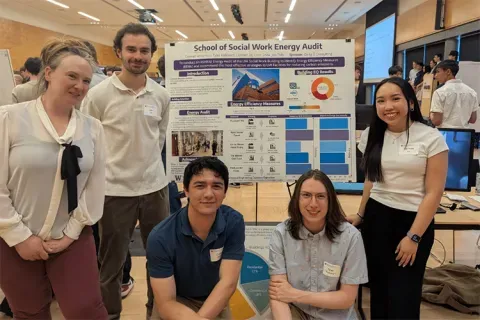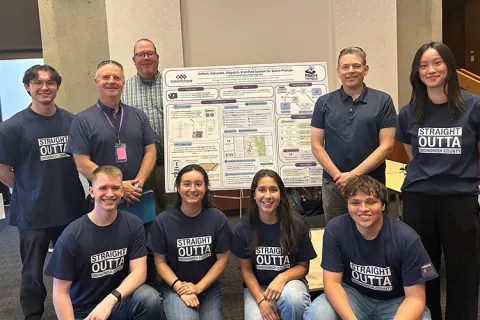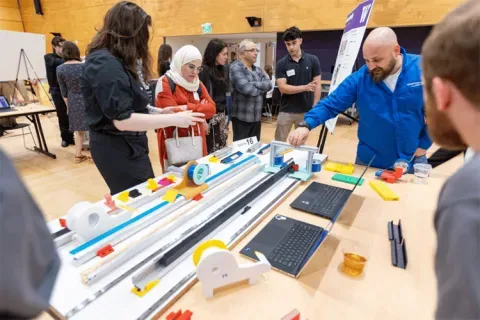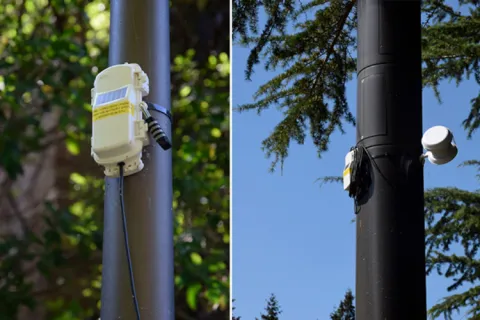NASA Jet Propulsion Laboratory
Determining Lunar Regolith Properties Through Distributed Sensor Packages
The goal for the student team is to determine the properties of lunar regolith through distributed sensor packages on the moon. This will provide ground truth for remote sensing observations. As a first step, the student team will build a rough version of AstroJacks from JPL provided hardware, programmed, use network to find each other's locations, and determine Earth soil properties based on accelerometer data. This will develop skills on assembling hardware, writing software to operate it, and then taking test data using this hardware and software, which provides valuable experience in creating an electrical/software system. JPL will provide the student team with Raspberry Pis and Arduinos, and a variety of sensor, power, and communications hardware. These will be assembled on a breadboard and programmed using F'prime, JPL's open-source flight software. After building this hardware, the team will then have the sensors be able to determine each other's relative locations with signal strength, and determine the difference between being dropped on soft soil (sand) and hard soil (packed dirt). The goal is to determine each sensor's location to within 1 meter, across 30 meters of distance, and the difference between sand and packed dirt. It is a bonus if students can use machine learning to better predict soil types based on landing, and a greater variety of soil types. The student team will work to deliver to JPL the F'prime software capable of running on the sample platforms. The key desired outcomes are that these platforms can locate each other and provide input on the properties of the soil they land on.
Faculty Adviser(s)
Hossein Naghavi, Electrical & Computer Engineering
Related News

Mon, 10/13/2025 | UW Mechanical Engineering
Capstone collaboration leads to award
An ME capstone team received first place for its energy audit of the UW School of Social Work building.

Thu, 07/17/2025
UW engineering students develop smart ballot solution
UW engineering students develop smart technology solution to improve ballot collection for Snohomish County.

Mon, 07/07/2025 | UW Mechanical Engineering
Capstone creations
Students displayed innovative capstone design projects at the 2025 expo.

Fri, 09/20/2024 | UW Civil & Environmental Engineering
Smarter irrigation for a greener UW
A new project combines satellite data with ground sensors to conserve water and create a more sustainable campus environment.